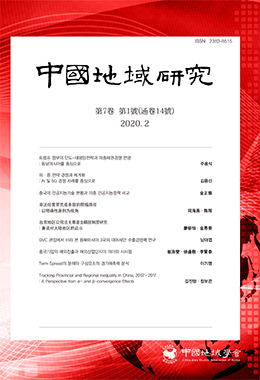KCI 등재
GVC 관점에서 바라 본 동북아시아 3국의 대아세안 수출경쟁력 연구
Empirical Analysis on the Export Competitiveness of the Three Northeast Asia Countries to ASEAN from the Perspective of GVC
중국지역학회
2020.02
* 발행 기관의 요청으로 이용이 불가한 자료입니다.


